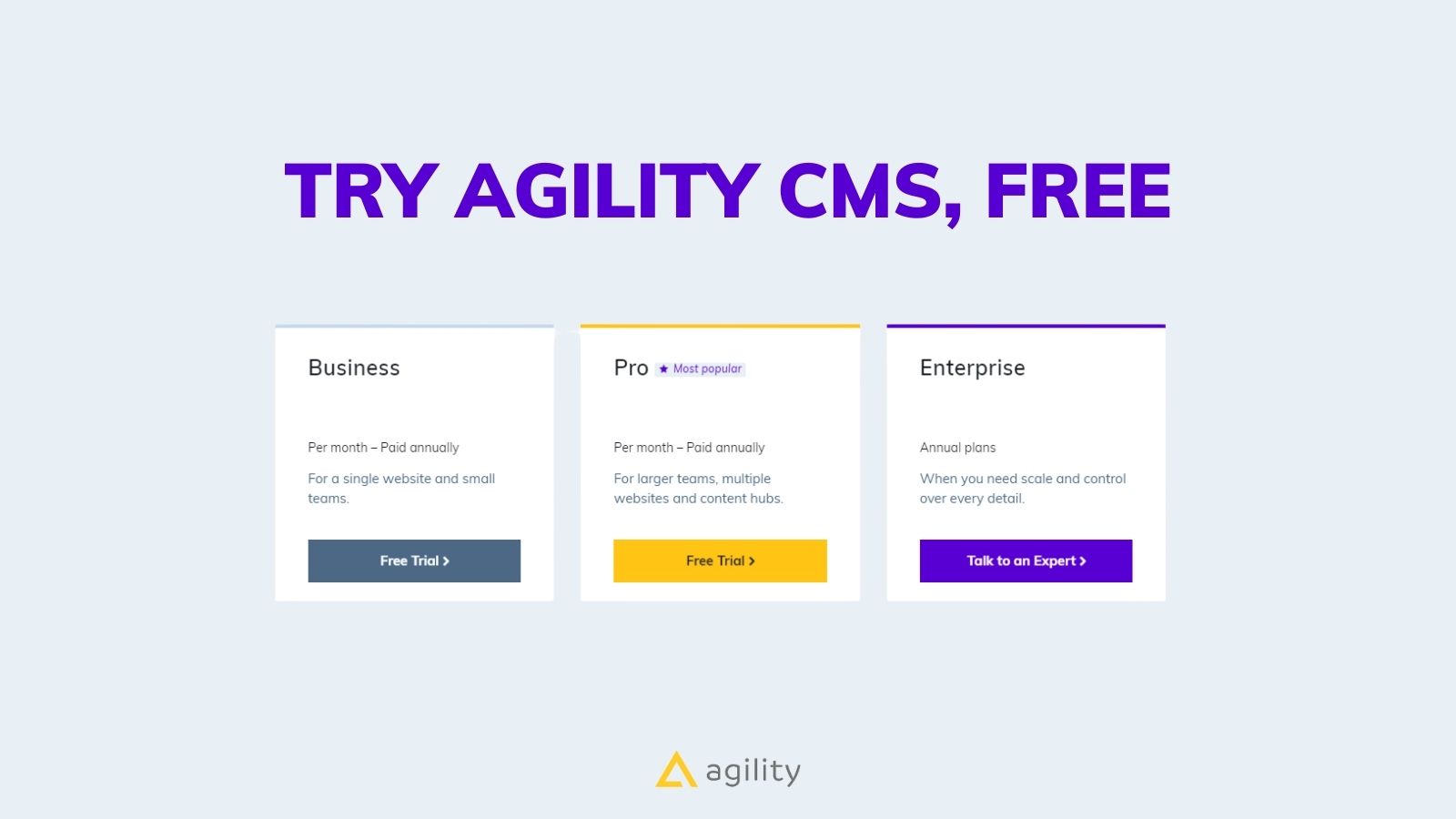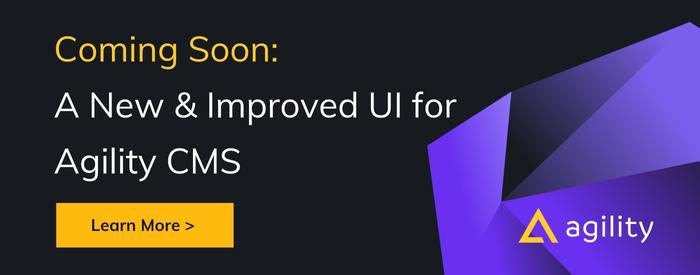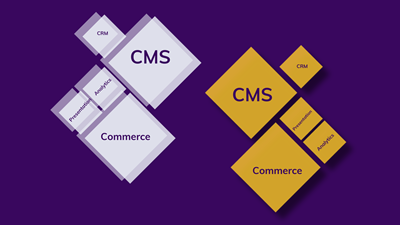10 Frontend Trends for 2022


A recurring joke in the frontend community is that if you don't understand a library or framework, just wait one or two months and a new one will appear to supersede the one you don't understand.
Jokes aside, the truth is that frontend web development standards and trends change quicker than they can be implemented. This makes it challenging for developers because it's tough to separate the wheat from the chaff; the game-changing trends from the passing fads.
However, despite the overabundance of trends and technologies, it's fundamental for developers to stay up-to-date with the latest languages, frameworks, and technologies to remain relevant and competitive in the frontend field in 2021.
With that in mind, we want to start the year with what we think will be the top trends in front-end development in 2021. But first, let's start with some stats about frontend development to give you more context.
Frontend Development Statistics for 2020

Before we dive deeper into what 2021 holds for frontend developers, let's rewind and take a look at 2020, a year full of uncertainties, but at the same time excited about the rapid digitization of work.
A Third of The Frontend Developers Built A Jamstack Site
According to the survey The State of Frontend 2020, a third of the surveyed frontend developers have used Jamstack and built a website or an app with Jamstack architecture.
Gatsby Is The Most Used Static Site Generator
A look at npm Trends shows that Gatsby was, by far, the most popular static site generator in 2020.
Unsurprisingly, React Is The Most Popular JS Framework
The State of JS revealed that React is still at the top when it comes to JS frameworks, but it also shows that the user interest for this framework has dipped slightly and that Svelte was the framework that captured the minds of frontend developers in 2020.
Headless Content Management is Going Mainstream
The headless CMS software market is expected to grow at a CAGR of 22.6% from 2020 to 2027.
Amid the COVID-19 outbreak pandemic, several business organizations have been pushed to reduce their operations owing to lockdowns announced by governments across the world. It is adversely affecting businesses that depend on physical interaction to generate revenues. Thus, companies are now using digital channels to make conversions, interactions, and revenue creation. Therefore, the platform that handles online experiences, such as headless CMS, are becoming mission-critical applications for many companies.
Now that we showed you these stats let's dive into the trends.
10 Frontend Trends for 2021
1| Hybrid Site Architecture
In 2021, we expect to see greater Jamstack adoption. In 2020, Jamstack had been characterized as a static site-only architecture, but this puts an additional constraint on the Jamstack methodology, especially because in the frontend development world we see increased use of JavaScript, APIs, and Markup.
Therefore, it's possible that Jamstack as a way of architecting websites grows and changes to also include hybrid, or semi-static websites, giving birth to a static-first development model that prioritizes static site generation where every route is assumed to be static unless the specific requirements for that route require it to be dynamic.
2| Motion Design
Thanks to growing maturity in the Web Animations API and CSS animations, motion design can be implemented into websites and applications without loss of speed. With catchy, minimalistic animations, getting prospects to stay on your website becomes easier and provides the potential to increase the website's click-through rate.
However, motion design and animations need to be implemented as part of an overall strategy, since adding animations just for the sake of it might not cut it. The movement needs to mean something or highlight something to be valuable.
3| Alternatives To JavaScript Are Appearing
While JavaScript is the frontend behemoth, 2021 is the year where other languages will gain their moment in the sun. For instance, Blazor is a strong contender that's silently gaining popularity.
Blazor allows frontend developers to write browser-based applications using C# and transpires that code to WebAssembly. WASM support has reached critical mass and is now supported in all modern browsers.
Besides Blazor, other languages like Python that transpile to WASM will be a big trend this year as developers are looking for alternatives to Javascript, especially ones that let them use the same language front-end and back-end as Node has done for Javascript.
4| Increased Importance of Privacy
Cookies, and privacy in general, are fundamental parts of frontend development; yet, a lot of websites don’t ask users to accept cookies. Even for websites whose visitors aren't in Europe and don't feel compelled to comply with the GDPR, the US' Consumer California Privacy Rights Act of 2020 presents a similar challenge in protecting the users' privacy.
Hire Frontend developers who'd ensure that websites include necessary cookies which indicate the information they ask of visitors so that these visitors can give consent.
Read more: How Enterprise Single Sign-On Makes your Teams More Efficient while using Headless CMS
5| Accessibility
A frontend developer needs to present visual information in such a way that it looks good and gives users cues to find what they're looking for. Since websites are more than just words, frontend developers need to conform to best practices for accessibility to both stay competitive and help fellow human beings.
In 2021, WAI-ARIA, the community standard for how accessible markup should be written, will also become increasingly important. The standard focuses on more than just design for visually impaired users — it's also designed for people with poor mobility. For example, developers need to consider things like making a button big enough so that a user can click on it if it's hard to control a mouse and similar accessibility issues.
6| Schema Markup
Schema is one of those trends that has been making waves in the SEO community for a while now, but it seems that it's still not very known for frontend developers. With Schema, frontend developers can semantically mark content to specify details about a specific piece of content or site.
Thus, when content editors post content, Schema tells the search engine what the content is about. This is the tech powering Google’s Featured Snippets and other structured data, increasing the chances of that piece of content ranking higher on the search engine of your choosing.
7| CSS-in-JS
CSS-in-JS replacing style libraries like Twitter Bootstrap is a big trend and Bootstrap will see its usage drop. For frontend developers, CSS-in-JS represents a collection of ideas created to solve friction and pain points with vanilla CSS and CSS-only style libraries, improving developer velocity and happiness.
The basic idea is when you use a frontend Javascript framework like React, Vue, or Angular, you also use Javascript to manage the stylings. It's been controversial in the developer community for a few years since it gained steam, but it just turned critical mass in 2019-2021 and will probably see greater adoption in 2021. Emotion is a popular choice and has gathered an ecosystem around it, like Theme UI.
8| Laser Focus On Lighthouse Tests
Frontend developers need to be acquainted with Google’s Lighthouse test. In case you're not, Lighthouse is Google's web page test. The test is a significant indicator for SERP ranking and tells you how fast or slow the website is. For legacy CMSs like WordPress, despite all the optimizations, the results will always be low, whereas, with a website created using Jamstack and a hybrid CMS like Agility CMS, Lighthouse scores will always be high.
9| AI-Based Chatbots
AI has officially emerged as a technology With every software vendor in the market touting the many benefits of artificial intelligence, and others developing increasingly convenient chatbot options, frontend developers can use ready-made solutions and augment them with JavaScript.
Google and Facebook have already started developing and offering ready-made natural language processing and machine learning functionalities. This would make it possible to do sentiment analysis with AI chatbots, detect intent, and understand user journeys better.
10| Hybrid Content Management
The frontend development ecosystem is changing fast, and traditional CMSs lack the required tools and therefore aren't prepared to embrace the new technologies and trends. Headless with Hybrid architecture give you a centralized hub where you can connect all the tools you need to build timely digital experiences that will delight developers, editors, users, and visitors alike.
Agility CMS gives frontend developers all the tools they need to build the best UI and the architecture to integrate and implement the new trends with confidence. Plus, marketers are provided with unparalleled ease of use that makes publishing and editing content a breeze.
If you're looking for a CMS that simplifies your frontend development job, a hybrid DXP is the best bet. Forget about traditional approaches and embrace the new frontend trends that 2021 brings. To learn more about hybrid CMSs, check out this guide on how to choose the best headless CMS for 2021.

About the Author
Joel is CTO at Agility. His first job, though, is as a father to 2 amazing humans.
Joining Agility in 2005, he has over 20 years of experience in software development and product management. He embraced cloud technology as a groundbreaking concept over a decade ago, and he continues to help customers adopt new technology with hybrid frameworks and the Jamstack. He holds a degree from The University of Guelph in English and Computer Science. He's led Agility CMS to many awards and accolades during his tenure such as being named the Best Cloud CMS by CMS Critic, as a leader on G2.com for Headless CMS, and a leader in Customer Experience on Gartner Peer Insights.
As CTO, Joel oversees the Product team, as well as working closely with the Growth and Customer Success teams. When he's not kicking butt with Agility, Joel coaches high-school football and directs musical theatre. Learn more about Joel HERE.





